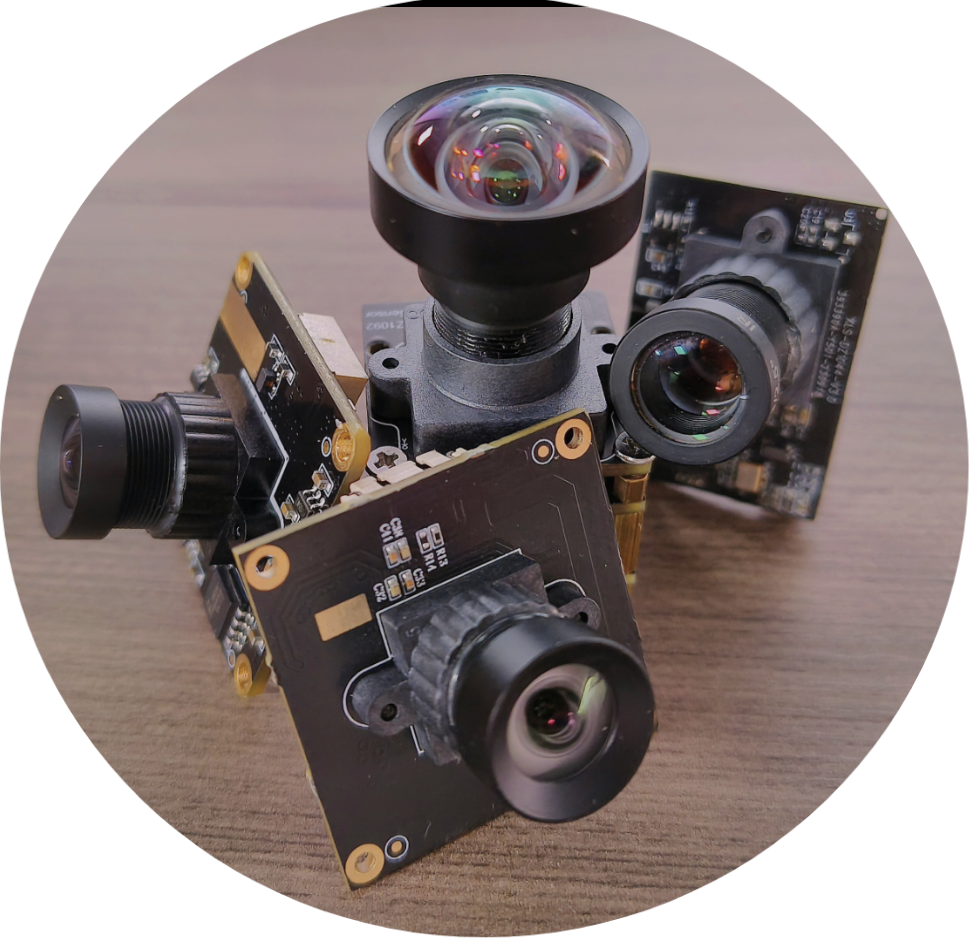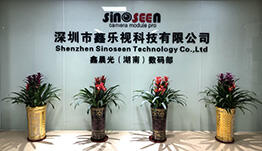A Guide to USB Camera Interfaces and Standards
USB (Universal Serial Bus) could count as one of the greatest standard solutions for the transmission of digital photos and videos from cameras to computers via the USB connection.Here is the history of the evolution of usb ports:
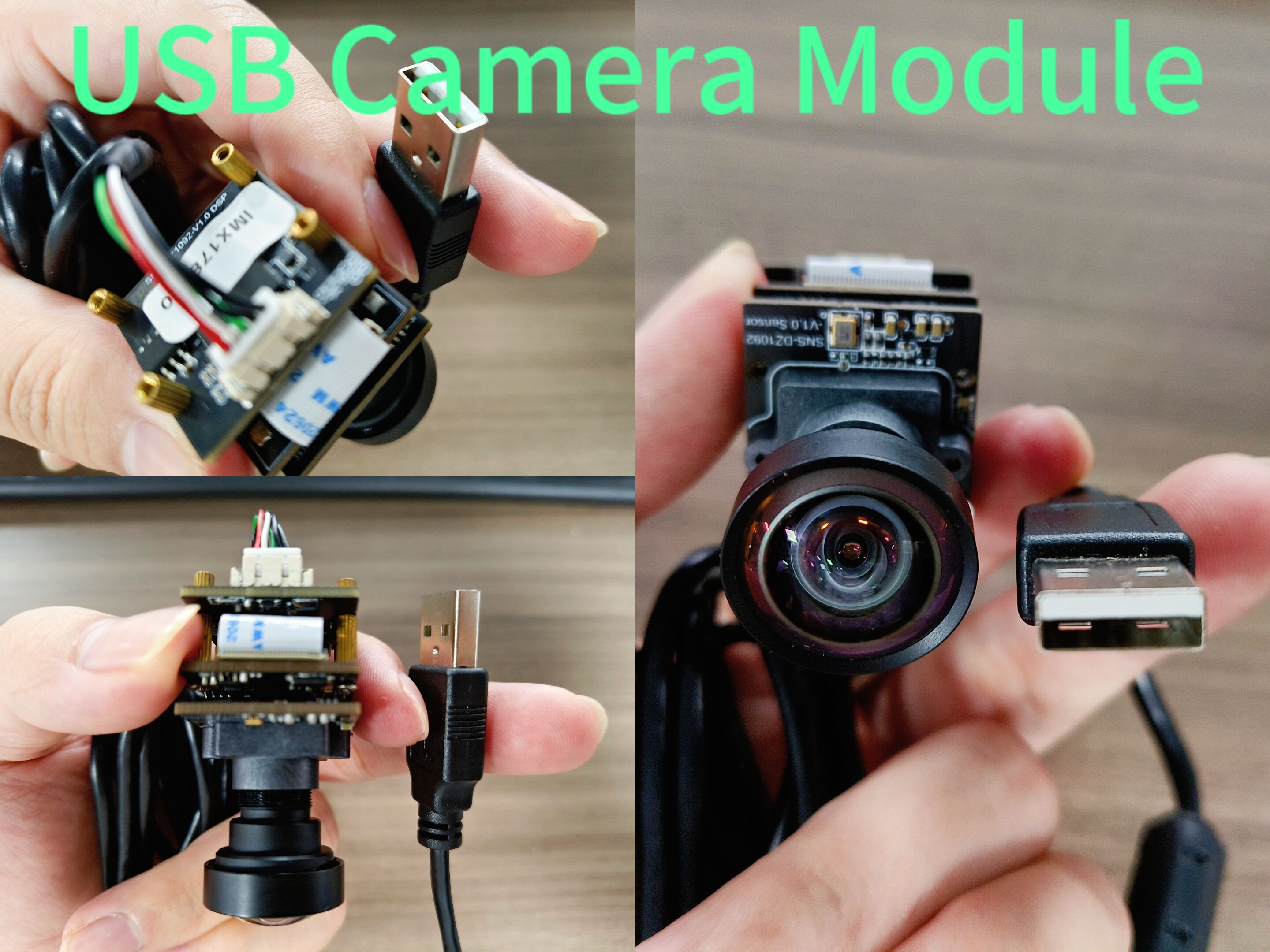
You can check out Sinoseen's usb camera module here
what is USB 2.0 and advantage
In 2000 USB v2.0 was released, it has the up to 480Mbps data transfer rate. This standard has been primarily used during the period when a lot of digital cameras were built.
The USB 2.0 cameras have their advantage of wide compatibility. One thing to note is that cameras that use the USB interface may not be high-resolution and low-latency video best option. Fast data speed is hard to deliver. Because of that, pictures may lose their quality or videos could have a delay during the live streaming. USB 3.0 or USB 3.1 interfaces are those which are commonly implemented where high performance applications are demanded.
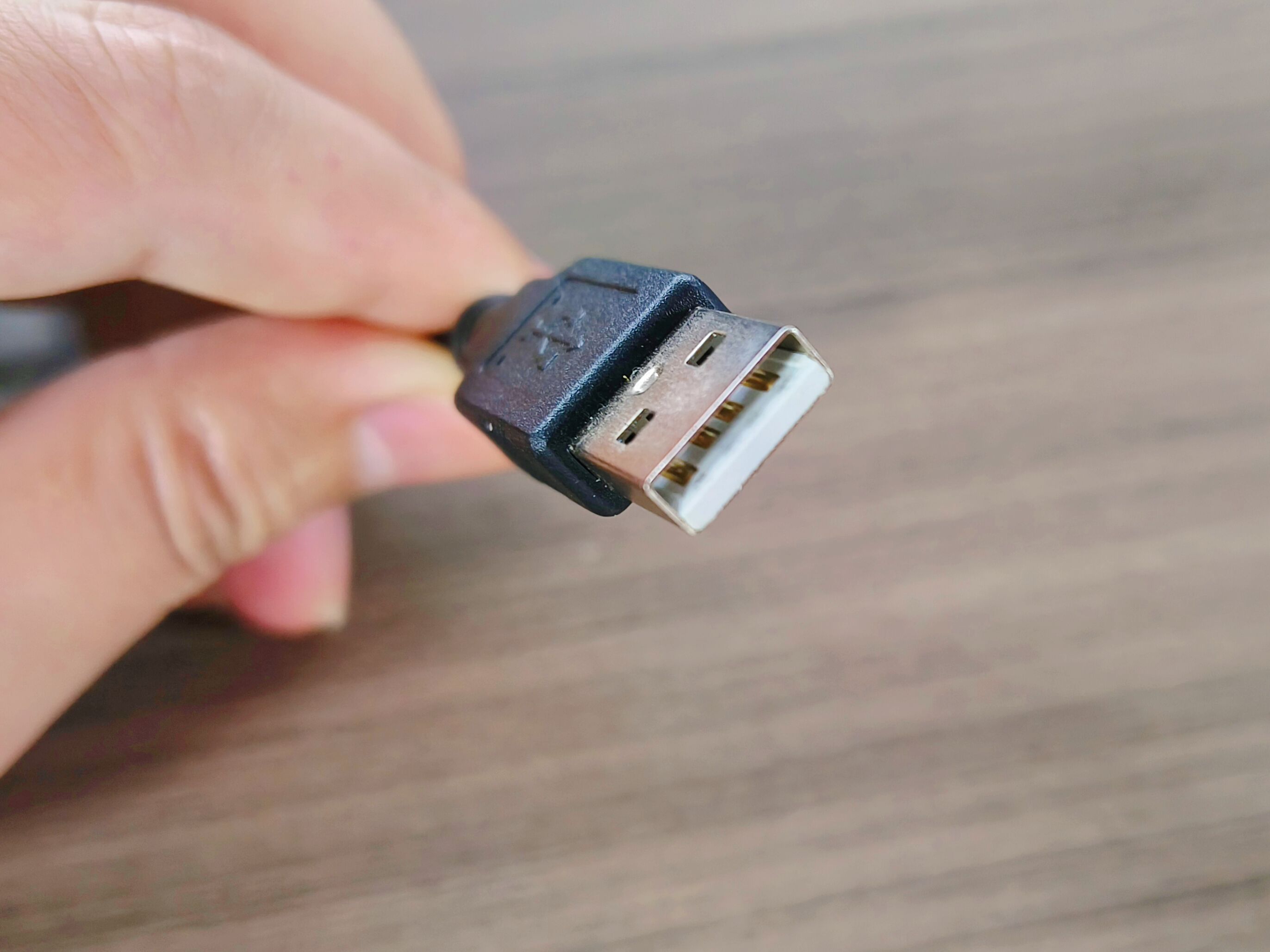
USB 3.0 Interfaces
It is introduced in 2008 and is backward compatible with USB 2.0 but supports faster modes up to 5Gbps. Good for HD video transfer from DSLR/mirrorless cameras.
USB 3.1/3.2 Interfaces
And, faster standard released in 2013 and 2017 having speeds of 10Gbps/20Gbps. Used high-end cameras that produce a lot of huge images.
USB 3.0 and 3.1 versions do not have any backward compatibility problems because their ports can be used together irrespective of the data transfer speeds being set by USB 2.0 limitations.
USB-Type-C
A newer reversible plug introduced in 2015 that can support the above USB 3 standards. Common on recent mirrorless and cell phone cameras.
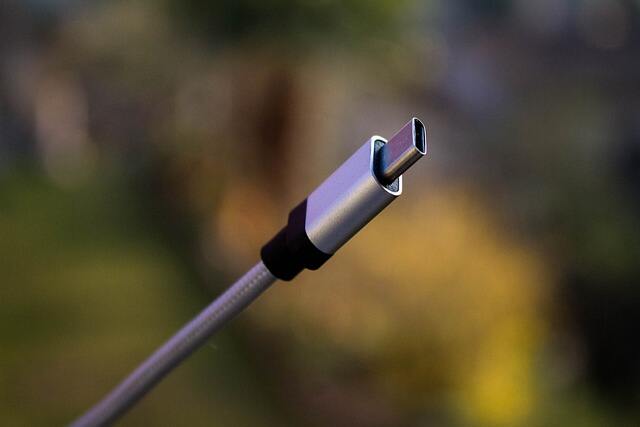
USB Type-C ports can support various protocols, including USB 2.0, USB 3.0, and USB 3.1.
USB Type-C cameras provide the same benefits as their USB 2.0, USB 3.0, or USB 3.1 counterparts, depending on the supported USB version.
In addition to that, USB Type C ports are equipped to deliver higher power to connected devices enabling smoother charging and power hungry tasks. This is suitable for the USB cameras that come with additional power consumption or those need to charge when using the camera.
USB is convenient as it works across devices from PCs to Macs. Photographers can quickly review, edit and share photos without dealing with proprietary ports. Faster USB standards also allow professionals to offload camera memory cards more quickly.
FAQs:
Q: Does the USB standard installed on my computer limit camera transfer speeds?
A: Yes, the transfer will be limited to the slower standard between the camera's USB interface and your computer's USB ports.
Conclusion
As cameras evolve to produce ever larger files, higher USB standards are critical to maintain efficient workflows. Understanding which USB versions cameras support helps photographers select compatible computers and accessories.
|
|
|
About the author |
|
|
|
|
Zenos Lee |
|
||
|
|
An experienced camera module technologist with excellent problem-solving skills and strategic thinking. He is passionate about innovative camera module technology and is able to design and efficiently implement solutions to meet customers' unique needs. With years of experience in the industry, he provides attentive and courteous service to customers. |
|
||
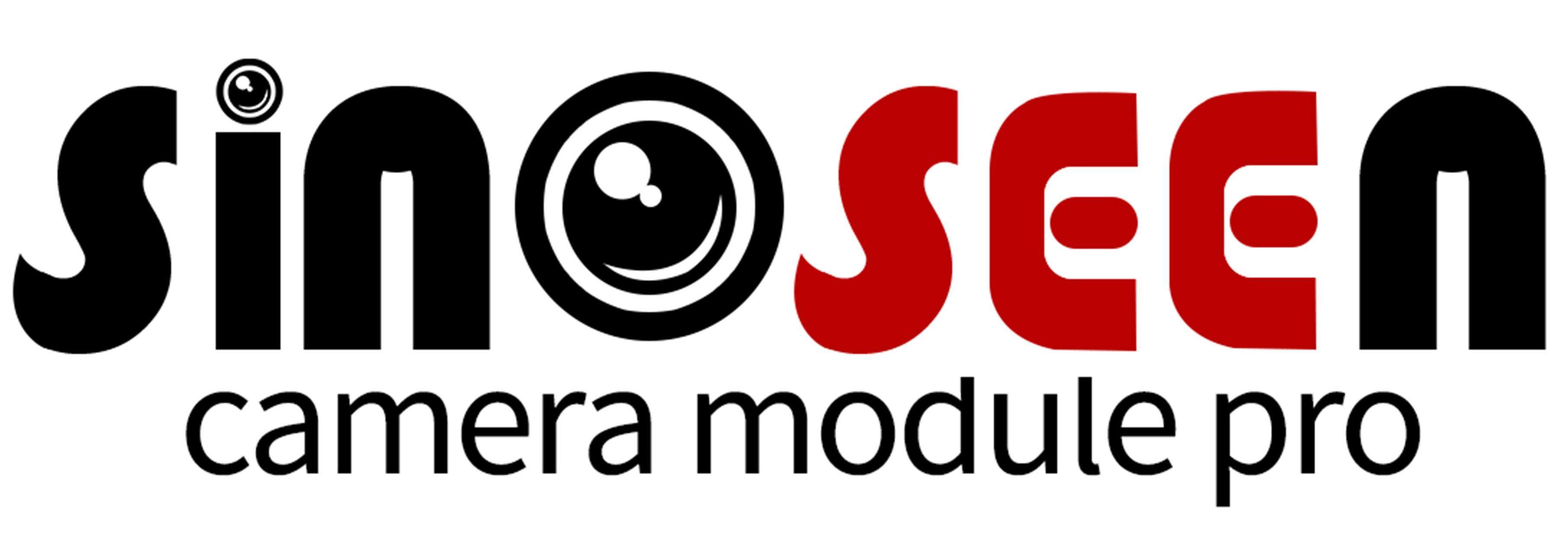
 EN
EN
 AR
AR
 DA
DA
 NL
NL
 FI
FI
 FR
FR
 DE
DE
 EL
EL
 HI
HI
 IT
IT
 JA
JA
 KO
KO
 NO
NO
 PL
PL
 PT
PT
 RO
RO
 RU
RU
 ES
ES
 SV
SV
 TL
TL
 IW
IW
 ID
ID
 SR
SR
 VI
VI
 HU
HU
 TH
TH
 TR
TR
 FA
FA
 MS
MS
 IS
IS
 AZ
AZ
 UR
UR
 BN
BN
 HA
HA
 LO
LO
 MR
MR
 MN
MN
 PA
PA
 MY
MY
 SD
SD

